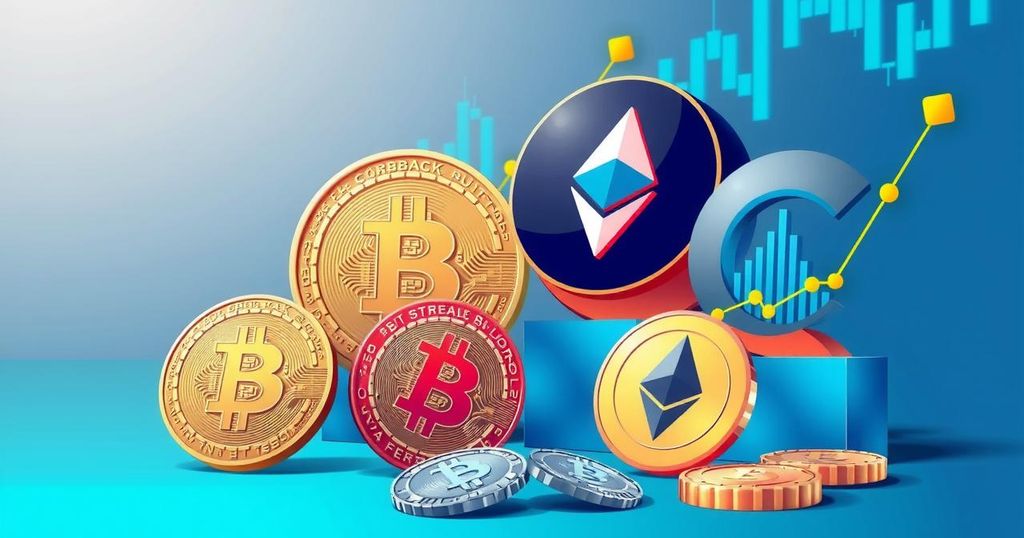Bitcoin and Ethereum Lead Crypto Trading as Traditional Markets Falter
Amidst a stock market crash, Bitcoin and Ethereum continue to dominate cryptocurrency trading. Bader Al Kalooti from Binance shares insights on the resilience of crypto markets, the need for BTC to separate itself from tech stock trends, the importance of institutional investment, and the evolving compliance and cybersecurity landscape within the crypto exchange sector.
Bitcoin and Ethereum continue to be the most traded cryptocurrencies, even as the stock market experiences turbulence and gold shines as a safe haven. Bader Al Kalooti, head of growth & operations at Binance, sheds light on the current cryptocurrency landscape in an email interview. He acknowledges that, while the crypto market faced fluctuations, the interest in bitcoin (BTC) and Ethereum (ETH) remained significant due to their established use cases and dominance in the market. Stablecoins like Tether also grabbed attention, serving as hedges against market turmoil.
In a time when traditional assets are shaky, BTC’s reputation is being tested against its perceived status as “digital gold.” Al Kalooti notes that there’s a growing belief that for BTC to truly hold its ground as a safe asset, it must separate itself from the trends of traditional tech stocks, especially the NASDAQ. Historically, during broader market stress, BTC often mirrors these equities, largely because institutional investors see crypto as a risky asset class. Over time, however, BTC might demonstrate independence, especially in markets where remittances play a crucial role.
Looking ahead, Al Kalooti emphasises the importance of long-term cryptocurrency adoption, including institutional investments, which he believes will significantly influence market dynamics. We’ve observed that an increasing number of institutional entities are integrating blockchain solutions, from hedge funds to public companies. This not only injects capital into the space but also enhances due diligence and governance structures. In India, in particular, there’s rising interest in blockchain technology across sectors like digital identity and supply chains, which bodes well for future development.
The conversation then shifts to altcoins and meme coins. Altcoins offer a broad array of functionalities, from decentralised finance (DeFi) to gaming and scaling solutions, each promising different benefits. Some boast strong ecosystems that contribute positively to the industry. Meanwhile, Al Kalooti warns about meme coins, which are frequently influenced by social media and community trends. While they serve as a fun aspect of the crypto world, he cautions investors, particularly those new to the market, to be wary of the risks associated with such volatile assets.
On the topic of compliance costs, Al Kalooti discusses Binance’s growing investment in compliance. Although he doesn’t disclose specific figures, he mentions that they have built significant internal teams and employed technology for transaction monitoring and fraud detection to match regulatory standards. This is crucial for maintaining operational integrity in an evolving regulatory landscape.
Cybersecurity remains a critical focus for Binance, with Al Kalooti indicating that a notable portion of operational expenditure goes towards securing systems against threats. Binance dedicates considerable resources to initiatives such as system audits, internal security measures, and collaborations with cybersecurity firms. Their SAFU (Secure Asset Fund for Users) exemplifies this commitment, with a substantial fund established to protect users during extreme circumstances. In essence, the crypto world is adapting rapidly, with compliance and security emerging as pivotal pillars for future growth.




Post Comment